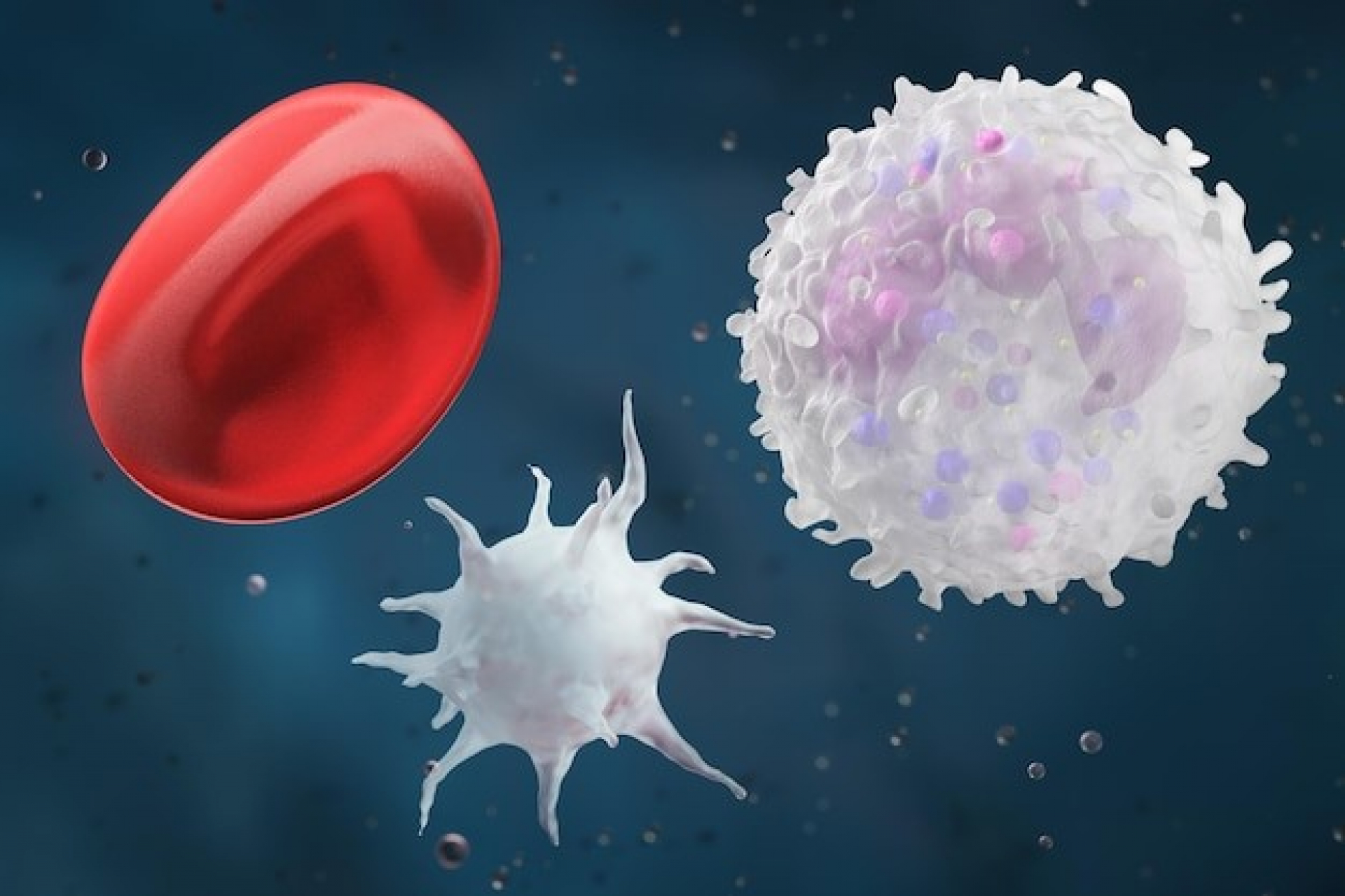The Total Leukocyte Count (TLC) is a critical diagnostic tool in assessing the body’s immune response to infections, inflammation, and other immune-related disorders. By measuring the number of white blood cells (leukocytes) in the blood, this test provides crucial insights into how the body is defending itself against harmful pathogens or managing immune functions. Whether it is a bacterial infection, a viral illness, or an autoimmune condition, abnormalities in the total leukocyte count test often signal an underlying health issue that needs immediate attention.
What is Total Leukocyte Count (TLC)?
Leukocytes, commonly referred to as white blood cells (WBCs), are essential components of the immune system. They help the body fight infections, destroy foreign substances, and regulate the immune response. The total leukocyte count measures the overall number of white blood cells in a microliter (µL) of blood. The normal range for TLC varies depending on age and general health, but for adults, it typically falls between 4,000 and 11,000 WBCs per microliter of blood.
There are five main types of leukocytes:
- Neutrophils
- Lymphocytes
- Monocytes
- Eosinophils
- Basophils
Each type has a specific function in the immune system, from fighting off bacterial infections to combating allergens or parasites. A total leukocyte count test evaluates the collective number of all these types of cells, while a more detailed test, the differential leukocyte count, identifies the percentage of each type present in the blood.
Why is the Total Leukocyte Count Test Important?
The total leukocyte count test is an essential diagnostic tool for identifying infections, inflammatory conditions, and immune disorders. It can also indicate how the body is responding to various treatments or how certain medications affect the immune system.
Here are some common reasons why healthcare providers order a TLC test:
- Infections
- Inflammatory diseases, such as rheumatoid arthritis or lupus
- Bone marrow disorders, such as leukemia or aplastic anemia
- Immune response to immune suppression, such as with HIV/AIDS or chemotherapy
The test is commonly ordered as part of a complete blood count (CBC) during routine health exams or when an individual presents with symptoms of infection, fatigue, fever, or unexplained weight loss.
What Does High Total Leukocyte Count Mean?
A high total leukocyte count also known as leukocytosis, occurs when the number of white blood cells exceeds the normal range. Several factors can contribute to this condition, and the underlying causes range from benign to serious. A count above 11,000 WBCs/µL in adults is generally considered high, but the exact cutoff can vary slightly based on the laboratory’s reference values.
Common Causes of High Total Leukocyte Count
- Infections, bacterial, viral, or fungal infections
- Inflammation like inflammatory bowel disease (IBD), rheumatoid arthritis, or vasculitis
- Immune system disorders like lupus or multiple sclerosis
- Medications, such as corticosteroids
- Bone marrow disorders, such as leukemia and other bone marrow cancers
- Allergic reactions
- Physical and emotional stress
Management of High Total Leukocyte Count High
The treatment for total leukocyte count high depends on the underlying cause. It is important to address the root of the problem rather than just treating the elevated WBC levels. Common treatment approaches include:
- Antibiotics or Antivirals- If an infection is causing the elevated leukocyte count, antibiotics (for bacterial infections) or antivirals (for viral infections) are prescribed to help eliminate the infection, which in turn lowers the WBC count.
- Anti-inflammatory Medications- For individuals with inflammatory conditions such as rheumatoid arthritis or lupus, anti-inflammatory drugs like corticosteroids or non-steroidal anti-inflammatory drugs (NSAIDs) are used to reduce inflammation and WBC production.
- Immunosuppressants- In cases of autoimmune disorders where the body’s immune system is overactive, immunosuppressant medications may be required to reduce the immune response and bring WBC levels back within the normal range.
- Treatment for Bone Marrow Disorders- For patients diagnosed with leukemia or other bone marrow disorders, treatment may include chemotherapy, radiation therapy, or bone marrow transplants to address the abnormal leukocyte production.
- Stress Management- If elevated WBC levels are due to physical or emotional stress, addressing the underlying stressors through relaxation techniques, lifestyle changes, or counseling can help normalize leukocyte levels.
Regular monitoring of leukocyte levels is important for individuals diagnosed with chronic conditions that affect WBC production. Follow-up total leukocyte count tests are often recommended to assess how well treatment is working and to detect any potential complications early.
The total leukocyte count is an indispensable diagnostic tool for identifying a wide range of infections, immune disorders, and inflammatory conditions. By measuring the total number of white blood cells in the blood, healthcare providers can gain valuable insights into how the immune system is functioning and determine the best course of action for treating any abnormalities. Whether dealing with a high total leukocyte count due to an infection or managing immune disorders like rheumatoid arthritis, TLC is a vital test that offers essential information for maintaining good health.


